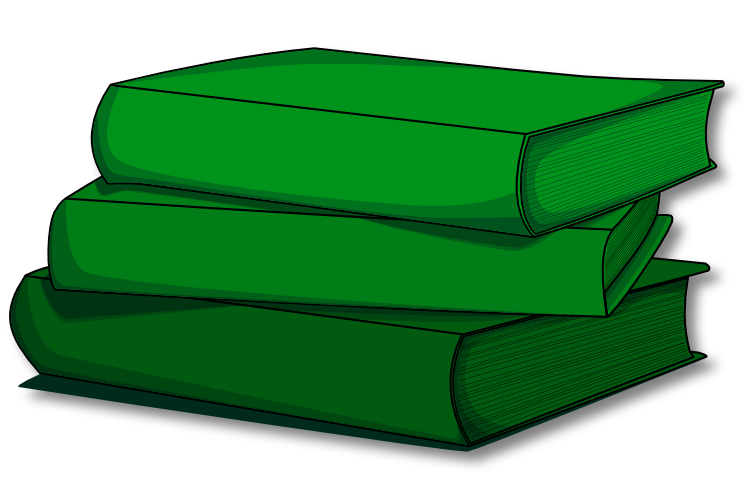Of all the art forms humans have invented, none equals the importance of reading and writing - literacy. The invention of literacy unleashed an explosion of human potential in the world, laying the most fundamental groundwork needed for modern society to emerge. Without the ability to record thoughts, there would be no science, philosophy, history, mathematics, or government. Little wonder that society places such a premium on teaching its youngest to read and write.
Reading and writing have a particularly amazing role in Maria Montessori’s own story. In her first school, Casa del Bambini (the Children’s House), in San Lorenzo, Rome, she originally didn’t intend to introduce reading and writing to the children, leaving it instead for when they entered elementary school. However, her students’ intellectual curiosity was so voracious that they demanded she show them the letters of the alphabet.
She did, creating the first set of sandpaper letters in the process, and in doing so experienced something almost miraculous. Within weeks, thanks to the children’s insatiable desire to learn, the innovative materials, and Maria’s careful guidance, the children taught themselves to read and write!
The principles and materials Maria used during this period remain core to the Montessori method for teaching reading and writing, including the sandpaper letters and moveable alphabet and her belief that writing should be taught BEFORE reading. You’ll find all of these concepts - and more - in the Child of the Redwoods Reading and Writing curriculum.
For elementary-aged children, the centerpiece is The Fourth Great Lesson: The Story of Language, which tells the story of the origin of writing — how our alphabet came to be.
While all curricular areas are equally important, reading and writing have a particular emphasis during the first plane (ages 2.5 to 6.) The Primary reading and writing curriculum is filled with activities and lessons designed to introduce children to listening for sounds, expanding their basic vocabulary, holding writing utensils, and tracing letters. As in all traditional Montessori programs (and as emphasized by Maria herself), writing comes BEFORE reading. However, children should spend as much of their time as possible around books - being read to, practicing pre-reading skills, and talking about what’s happening in a story.
Overall the goal is to help 2.5 to 6 year olds gain the core literacy skills needed to support the self-directed research and learning expected from a second plane child.
During the second plane (ages 6 to 9), children should begin using their reading and writing skills as an essential part of their education. Self-directed learning, independent research, report writing, and other literacy-based tasks are key. Of course, not all children will enter the second plane with fully developed reading and writing skills. Literacy is a fairly recent human invention — not a primordially evolved skill — so mastery requires intention, focus, and practice. Because no two humans are the same, no two children’s journeys will look the same.
Once a child masters the fundamentals of reading and writing, the emphasis moves entirely into the regular, inventive use of literacy skills, such as independent reading and creative writing. Because second plane children are also acquiring the ability for abstract thought and a desire to explore moral questions, they should also be pushed to practice their skills in literary analysis, including identifying authorial bias and intent.
Overall the goal is to provide 6 to 9 year olds with abundant opportunities to engage in all manner of reading and writing.
As a subject, Reading and Writing is a kind of first amongst equals when compared to the other academics. Perhaps only Sensorial and Practical Life in the first plane rival its primacy. Science confirms that there are critical periods of receptiveness for learning to read and write. Moreover, literary analysis and appreciation supports the kinds of critical thinking skills we predict will be most essential for future job and life success.
In other words, we should expose children to books as much as possible.
With kids under 6, their overall academic focus is very heavily tilted towards beginning writing and reading. Keep out baskets of picture books and early readers. How do you turn the page? Make writing materials easily accessible. What’s the right way to hold the pencil? Play the “What’s Missing” game to strengthen visual discrimination. Did you notice that I removed something when you weren’t looking?
For those over 6, the goal is to have them apply their burgeoning literacy skills as often and in as many contexts as possible. Pick a country to study then go to the library to check out loads of books. Did you know the Andes are in Peru? Read and discuss poetry. How does the poet use words to make it feel like it’s windy?
Above all, the key to success is for you, the parent or caregiver, to be CURIOUS. Child of the Redwoods emphasizes that education is a journey you take WITH your children. When you show curiosity about the world, your child will follow the example.
For children between the ages of 2.5 and 9, our curriculum focuses primarily on three domains: literature, reading, and writing
Literature: This domain focuses on literacy as an artform and includes appreciation and analysis.
Reading: This domain supports the development and refinement of basic reading skills, moving from pre-reading to independent reading.
Writing: This domain focuses on both the basic mechanics of writing, such as pencil control and letter formation, as well production of creative and informational writings.
In practice, this means children in Primary (2.5 - 6 year olds) will spend much of their time listening to read-alouds, tracing and duplicating shapes and letters, using the sandpaper letters and moveable alphabet, engaging in pre-reading, and - eventually - reading beginner books.
In Lower Elementary (6 - 9 year olds), once fundamental skills are solid, reading and writing become less like independent subjects of study and more like foundational tools used in service to ALL OTHER subjects. Concurrently, literature and creative writing as art forms become the main emphasis of the Reading and Writing curriculum.
For both, children should be given limitless access to a huge variety of books and writing materials.


